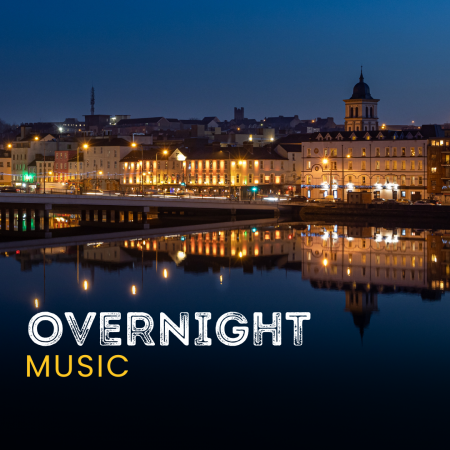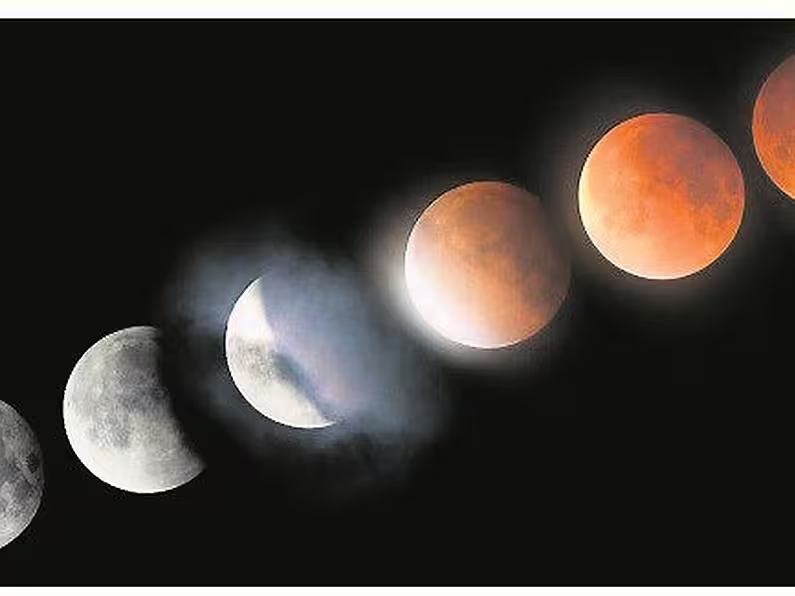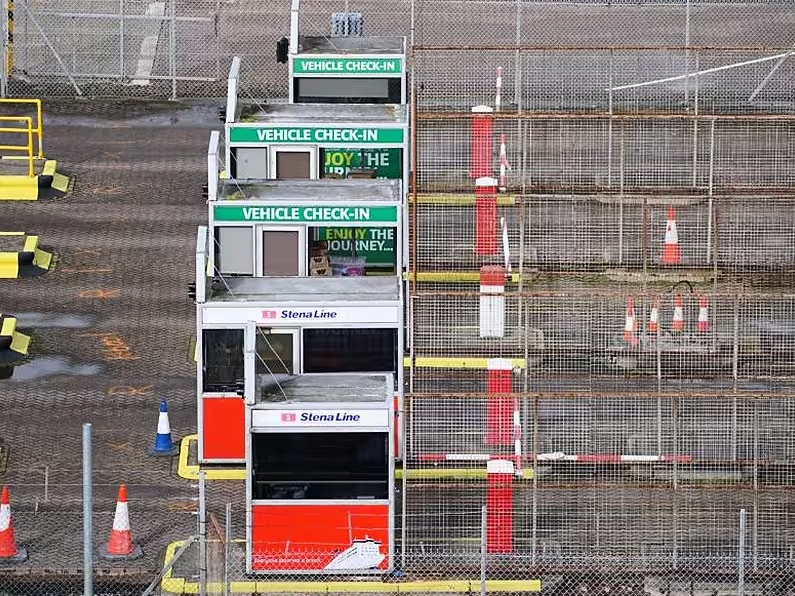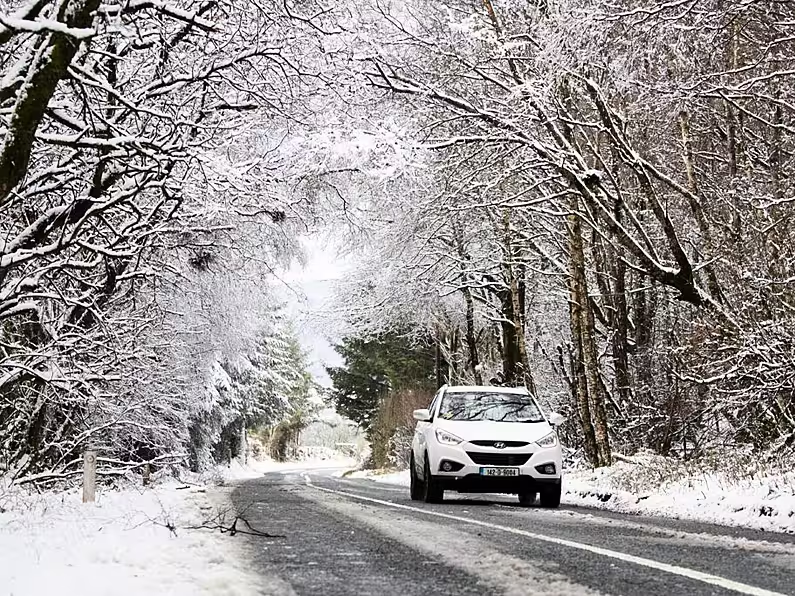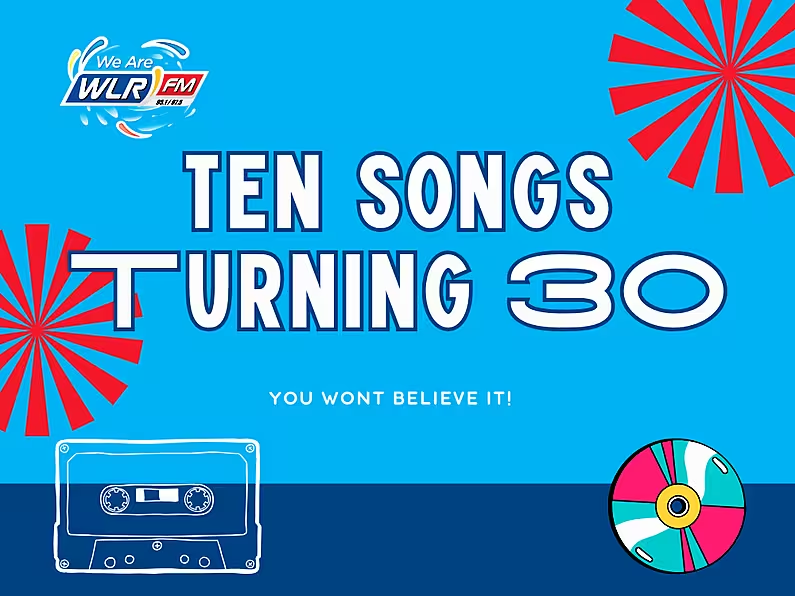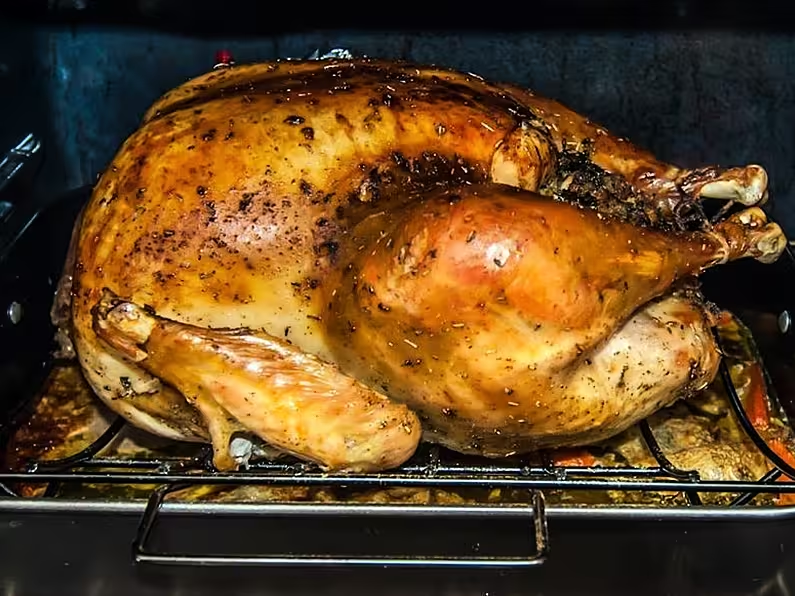A total lunar eclipse takes place when the Earth comes between the sun and the moon and covers the moon with its shadow. When this happens, the moon can turn red, earning it the nickname of blood moon.
Total eclipses of the moon happen at full moon when the sun, Earth, and the moon are aligned to form a line. The astronomical term for this type of alignment is syzygy, which comes from the Greek word for being paired together.
The moon does not have its own light but shines because its surface reflects the sun’s rays. The moon does not have any light of its own — it shines because its surface reflects sunlight. During a total lunar eclipse, the Earth moves between the sun and the moon and cuts off the moon’s light supply. When this happens, the surface of the moon takes on a reddish glow instead of going completely dark.
The reason why the moon takes on a reddish colour during totality is a phenomenon called Rayleigh scattering — the same mechanism responsible for causing colourful sunrises and sunsets, and for the sky looking blue.
The second total lunar eclipse of 2018 will be visible in large parts of Australia, Asia, Africa, Europe, and South America. Totality will last for 103 minutes, making it the longest eclipse of the 21st century.
Eclipse in South
- 6.14pm: Penumbral eclipse begins (when the moon moves through the faint, outer part of Earth’s shadow). Below horizon. Not directly visible.
- 7.24pm: Partial eclipse begins (when the Earth moves between the sun and the full moon, but they are not precisely aligned). Below horizon. Not directly visible.
- 8.30pm: Total eclipse begins. Below horizon. Not directly visible.
- 9.21pm: Maximum eclipse. Below horizon. Not directly visible.
- 9.22pm: Moonrise. Below horizon. Not directly visible.
- 9.26pm: Maximum in Cork. This is when the eclipse reaches its greatest magnitude while the entire moon is above the horizon in Cork. The true maximum cannot be seen in Cork as the moon is then below the horizon. The advice from timeanddate.com is to go a high point or find a clear area with free sight to east/southeast for the best view.
- 10.13pm: Total eclipse ends. Moon close to horizon so make sure you have free sight to southeast.
- 11.19pm: Partial eclipse ends.
- 12.28am: Penumbral eclipse ends.


